Xinhua Headlines: 90 years on, Long March's legacy inspires China's progress in the new era
Source: Xinhua
Editor: huaxia
2025-01-16 00:50:47
* Between Jan. 15 and 17, 1935, during the Long March, the renowned Zunyi Meeting was held.
* The meeting is regarded as a landmark event in the history of the Communist Party of China as it largely determined the fate of the Party at a critical juncture for its survival.
* The spirit of the meeting inspires the Party to overcome severe difficulties and remain undaunted in the face of great challenges.
GUIYANG, Jan. 15 (Xinhua) -- At No. 96 Ziyin Road in Zunyi, a city nestled between lush hills in southwest China's Guizhou Province, stands a building that elegantly blends Chinese and Western architectural styles. Its facade has been recently adorned with lanterns and festive decorations, as if anticipating a grand celebration.
Between Jan. 15 and 17, 1935, during the Long March, the renowned Zunyi Meeting was held here, a landmark event in the history of the Communist Party of China (CPC) as it largely determined the fate of the Party at a critical juncture for its survival.
"Today, the spirit of this meeting is deeply ingrained in the city, as well as the country, inspiring generations to continue moving forward in the new era toward national rejuvenation," said Zhang Wen, a staff worker at the site, now a memorial museum, during a recent event commemorating the 90th anniversary of the meeting.
HISTORICAL TURNING POINT
The Zunyi Meeting took place at a critical crossroads for the CPC.
In the harsh winter of 1934, the CPC was forced to retreat from the Central Soviet Area in east China's Jiangxi and move northwest after enduring a series of encirclement campaigns by rival forces of the Kuomintang party (KMT). The setback was the result of the left-leaning errors in military strategy and rigid Soviet-inspired dogmatism.
After suffering a heavy loss in a battle along the Xiangjiang River in southern China, the number of the CPC-led Red Army soldiers dwindled from over 86,000 to around 30,000, who were depleted and short of food and ammunition. The failure sparked a backlash from the soldiers who demanded new leadership and revised strategies.
The three-day meeting was thus convened after the Red Army seized Zunyi to draw lessons on why they were defeated by the enemy. The sessions often stretched late into the night, marked by passionate debates, criticisms and self-criticisms. In the end, many key issues were resolved, including the establishment of a new leadership within the Central Committee of the CPC, with Mao Zedong at the helm.
The meeting later proved to be a crucial turning point in the Long March.
"Mao Zedong displayed remarkable military prowess in the subsequent battles, ultimately leading the Red Army to complete the monumental feat of the Long March. This was a crucial moment that shifted the course of events," said Zhang Xiaoling, the deputy curator of the memorial museum.
The communist army, under Mao's leadership, took fresh heart and eventually defeated the KMT. Fourteen years after the Zunyi Meeting, the founding of the People's Republic of China (PRC) marked the beginning of a new chapter in history.
In his book "The Long March: The Untold Story," Pulitzer Prize-winning journalist Harrison Salisbury wrote: "Zunyi was over. The Long March continued. Mao was in charge. China's course had been set for at least half a century to come."
LONG-LASTING INSPIRATION
The Zunyi Meeting was the first time the CPC made important political and military decisions independently, without interference from the Comintern -- an international communist alliance mainly controlled by the Soviet, with the CPC just a branch.
"This not only marked a turning point but also represented a historic leap toward the Party's independence and autonomy. Since then, the CPC has become increasingly steadfast on the path of independence and autonomy," said Li Zhongjie, vice chairman of the Chinese Society of the History of the CPC.
The spirit of the meeting also inspires the Party to overcome severe difficulties and remain undaunted in the face of great challenges.
In 2015 and 2021, Xi Jinping, general secretary of the CPC Central Committee, visited Guizhou.
Xi said that of all the places the Red Army reached, it spent the longest time and had the most extensive presence in Guizhou, leaving later generations an enduring spiritual legacy.
The Zunyi Meeting's distinct features, including the establishment of the correct CPC Central Committee leadership, as well as innovative formulation and implementation of strategies that suited the Chinese revolution's characteristics, still have significance today, according to Xi.
"No matter how times or conditions alter, we need to deeply understand the original aspiration and mission of communists from the spirit of the Long March and the Zunyi Meeting," Li Zhongjie said.
NEW LONG MARCH
Guizhou, where the Red Army regrouped and thrived during its most challenging times, has harnessed the Long March Spirit to drive its development.
Once considered the "poorest" province, Guizhou has made remarkable progress, lifting over 9.2 million people out of poverty within a decade by 2021.
Through unremitting efforts in ecological conservation, the province -- home to the largest area of rocky desertification in China -- saw its forest coverage rise to 63 percent by the end of 2023. From 2011 to 2021, Guizhou's economic growth ranked among the top three in provincial-level regions on the Chinese mainland for 10 consecutive years.
"The progress we've seen in Guizhou is a real testament to carrying forward and translating the spirit of the Zunyi Meeting into action," said Liao Zhengwei, a former official at the archives bureau of Tongzi, a once poverty-stricken county in Zunyi.
Guizhou's development trajectory reflects the broader course of China's advancement to attain the Two Centenary Goals and realize the Chinese Dream of national rejuvenation, which is labeled as the New Long March.
The Two Centenary Goals refer to: completing the building of a moderately prosperous society in all respects by the CPC's centenary in 2021, and building China into a great modern socialist country in all respects that is prosperous, strong, democratic, culturally advanced, harmonious and beautiful when the PRC marks its centenary in 2049.
A great number of difficulties need to be handled at this critical juncture, including taking the economy to a high-quality development track.
Take Guizhou for example. After decades of rapid growth, the province now confronts more profound and complex challenges, including uneven economic growth, insufficient consumption demand, weak scientific and technological innovation, as well as government debt and financial risks.
China, too, is facing challenges that are more complicated, with sluggish global economic growth posing threats to global trade, and rising protectionism seeking to curb its development.
All these problems must be solved by adopting new strategies.
In July 2024, at a key meeting, the 20th CPC Central Committee adopted a resolution on further deepening reform comprehensively to advance Chinese modernization.
The main goals of the new round of reforms, as stated in the communique, are to keep enhancing and developing the system of socialism with Chinese characteristics, and to modernize China's system and capacity for governance, so as to build China into a great modern socialist country in all respects by the middle of this century.
Marxism theorist Xia Jinglei noted that, in order to fulfill these goals, people should further learn the historical experiences from the Zunyi Meeting, which illuminate that in the new era, the path of socialism with Chinese characteristics must be independently and autonomously followed, instead of copying the Western system.
"Sometimes to the east, sometimes west, sometimes on main roads, sometimes on side roads, sometimes on beaten paths, and sometimes on new ones. But there's only one goal: to win battles when conditions are in our favor." This passage, explaining the Red Army's military strategy during the Long March, is displayed on the exhibition board at the memorial museum, prompting visitors to ponder and reflect.
Today, the conference room of the Zunyi Meeting stands as a proud beacon of history. Visitors from across the country can now embark on a "cloud visit," immersing themselves in a virtual journey to that historical moment.
Just a 10-minute walk away, a stage play called "Great Turning Point," crafted with holographic phantom technology, vividly transports viewers back 90 years. Since its premiere on Jan. 15, 2024, the show has attracted over 280,000 spectators.
"The play really brings those tough but glorious times to life," said Ms. Mai, a visitor from Guangdong Province. "It's far more touching than watching a TV series. We should always be grateful and keep those revolutionary pioneers in our hearts." ■
(Video reporters: Chen Qiang, Liu Qinbing and Cui Xiaoqiang; Video editors: Tan Yixiao, Zhao Xiaoqing and Wei Yin)




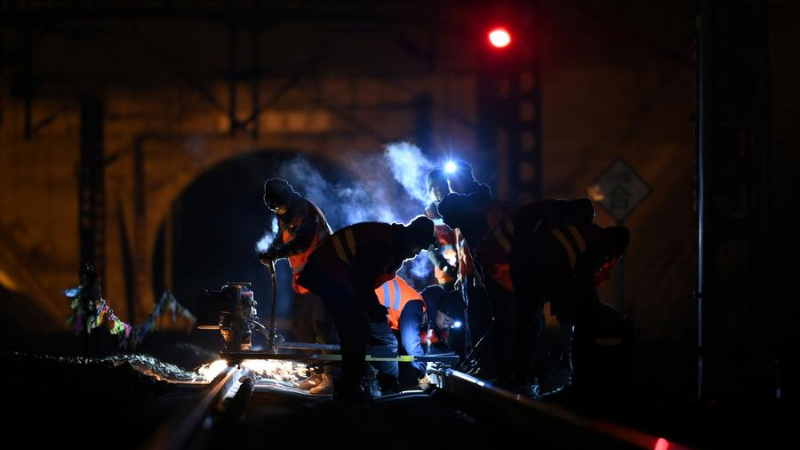
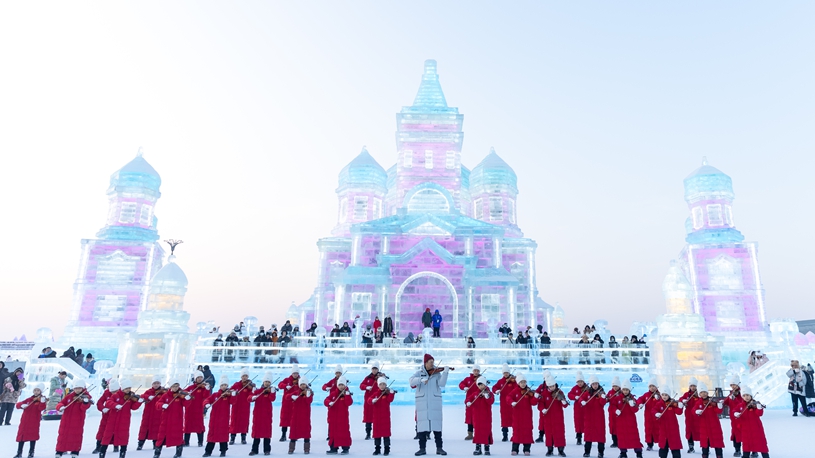

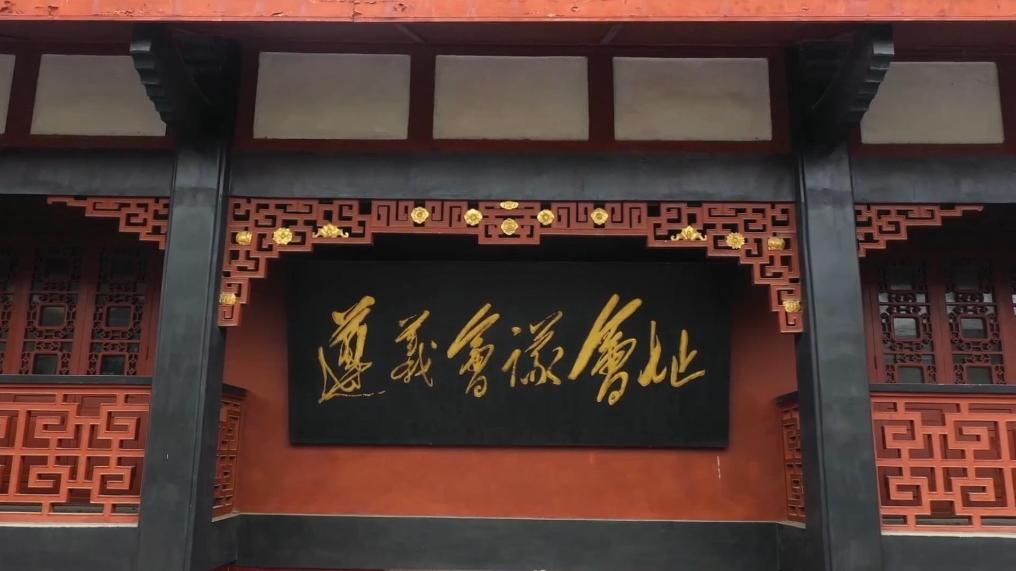
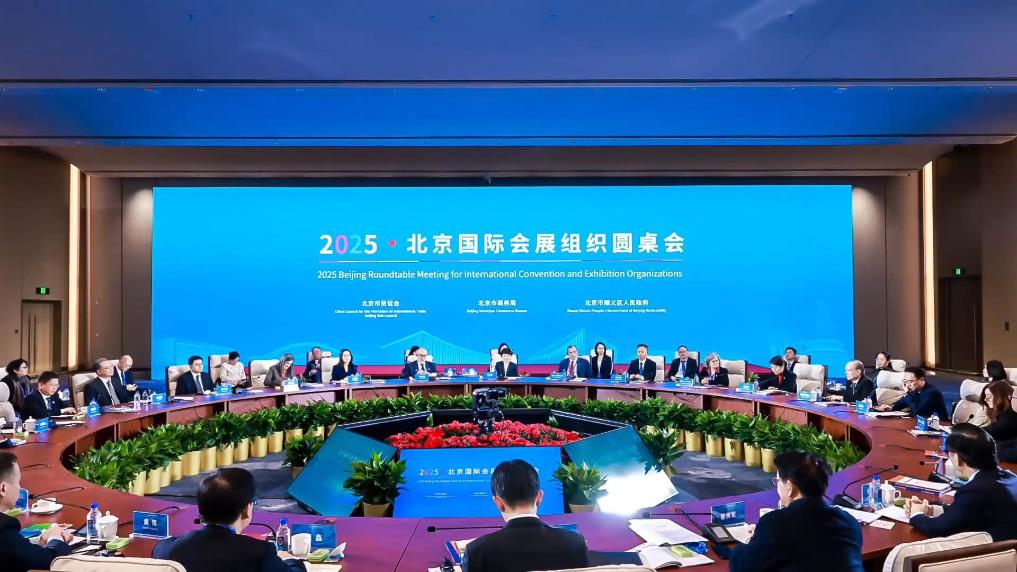
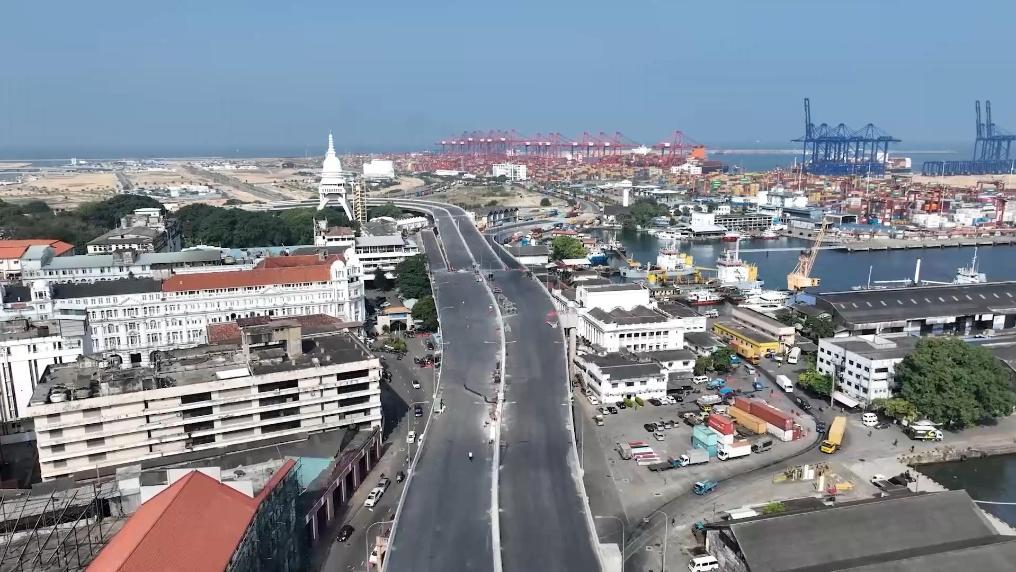



Comments